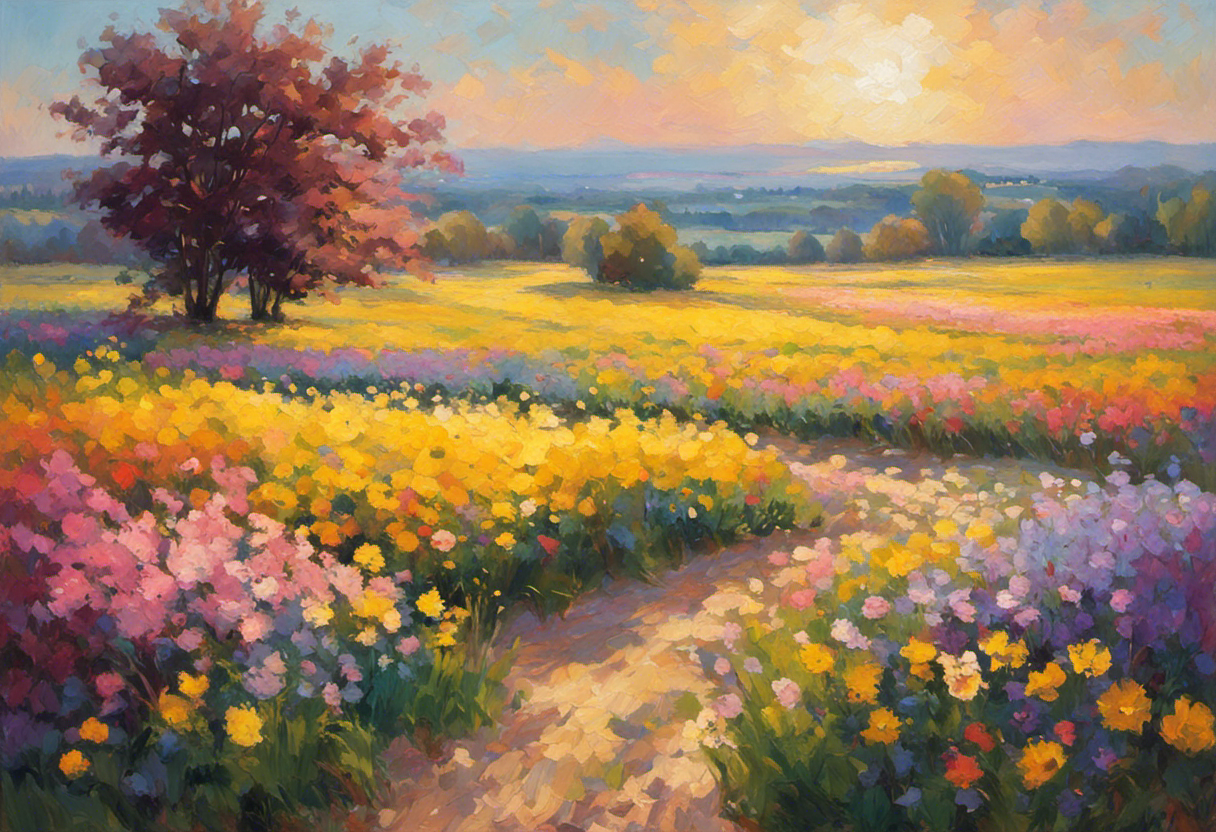Art has always been a reflection of the society and the culture in which it is created. Throughout history, different art movements have emerged, each with its unique style, techniques, and philosophies. These movements have not only shaped the course of art history but have also left a lasting impact on the way we perceive and appreciate art today. In this article, we will delve into the evolution of art movements, exploring the influence of the Renaissance, the rise of Romanticism, the advent of Impressionism, and the impact of Modernism.
The Influence of Renaissance on Art

The Renaissance, a period of great cultural and intellectual growth, had a profound impact on the world of art. During this time, artists sought to revive classical ideas and techniques, resulting in a renewed focus on humanism and naturalistic representation. Two significant artists who epitomize the beauty of Renaissance art are Leonardo da Vinci and Michelangelo.
Leonardo da Vinci, an Italian artist regarded as a true genius, embraced the principles of scientific observation and mathematical precision in his artwork. His masterpiece, the “Mona Lisa,” captivates viewers with its exquisite detail, subtle nuances, and enigmatic smile.
Michelangelo, on the other hand, was celebrated for his monumental sculptures, such as the “David” and the breathtaking frescoes on the ceiling of the Sistine Chapel. His works showcased the mastery of human anatomy, the play of light and shadow, and the expression of raw emotion.
The works of these Renaissance giants laid the foundation for the artistic principles and techniques that would define future art movements.
Exploring the Romanticism Movement

In reaction to the rationality and orderliness of the Enlightenment era, the Romanticism movement emerged in the late 18th century, embracing individuality, emotion, and the sublime in art. Romantic artists sought to evoke strong emotions, often drawing inspiration from nature and the supernatural.
Romanticism celebrated the power of imagination and presented subjective experiences through vivid and dramatic compositions. Artists like William Blake, Caspar David Friedrich, and Eugene Delacroix explored themes of passion, freedom, and the mysterious in their works.
The Rise of Impressionism

Impressionism, born in the 19th century, marked a significant shift in the way art was both created and perceived. Rejecting the traditional realistic style, Impressionist artists sought to capture transient moments and the ever-changing effects of light and color on the perception of a scene.
Impressionist painters, such as Claude Monet, Pierre-Auguste Renoir, and Edgar Degas, were known for their loose brushwork, vibrant color palettes, and focus on capturing the essence of a subject. They embraced plein air painting, venturing outdoors to paint en plein air, capturing the fleeting beauty of landscapes and the play of natural light.
The Impressionist movement challenged social conventions and marked a departure from the constraints of academic art, ultimately paving the way for further experimentation in the world of art.
The Impact of Modernism

The Modernist movement, which emerged in the late 19th century and prevailed throughout the 20th century, revolutionized the art world. It rejected traditional forms and conventions, embracing innovation and experimentation.
One of the significant art movements within Modernism was Cubism, pioneered by Pablo Picasso and Georges Braque. The Evolution of Cubism: How Picasso Redefined Art with Geometric Shapes
Cubist artists dismantled traditional perspectives and fragmented objects into geometric forms, allowing multiple viewpoints to be depicted simultaneously. Picasso’s masterpiece, “Les Demoiselles d’Avignon,” served as a bold departure from the traditional notions of representation and perspective.
Another influential art movement within Modernism was Pop Art, which emerged in the 1950s and championed the integration of popular culture and everyday objects into art. Artists such as Andy Warhol and Roy Lichtenstein celebrated consumerism and mass production, incorporating images from advertising, comic books, and everyday objects into their artwork.
Pop Art challenged the elitist nature of art and blurred the boundaries between high and low culture. It reflected the changing times and became an emblem of the mass media and consumer culture of the post-war era.
In conclusion, the evolution of art movements throughout history has been a testament to the ever-changing nature of human expression. From the groundbreaking achievements of the Renaissance to the groundbreaking techniques of Modernism, each movement has left an indelible mark on the artistic landscape. By understanding the historical context and influences behind these movements, we can gain a deeper appreciation for the diversity and richness of art in all its forms.
